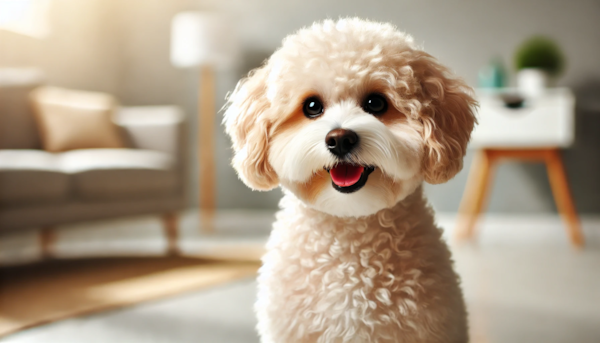
A Maltipoo, the adorable bundle of fluff everyone is crazy about, is a mix between a Maltese and a Poodle. These small doodles bring joy, love, and lots of cuddles to their lucky humans. If you're a Maltipoo owner, you're probably wondering how to ensure your furry friend lives a long, stress-free, and healthy life. Good news! With the right care, Maltipoos can thrive for many years, 12 to 15 years to be exact. Let’s see what you can do to keep your Maltipoo healthy and happy for a very long time.
Understanding the Maltipoo Lifespan
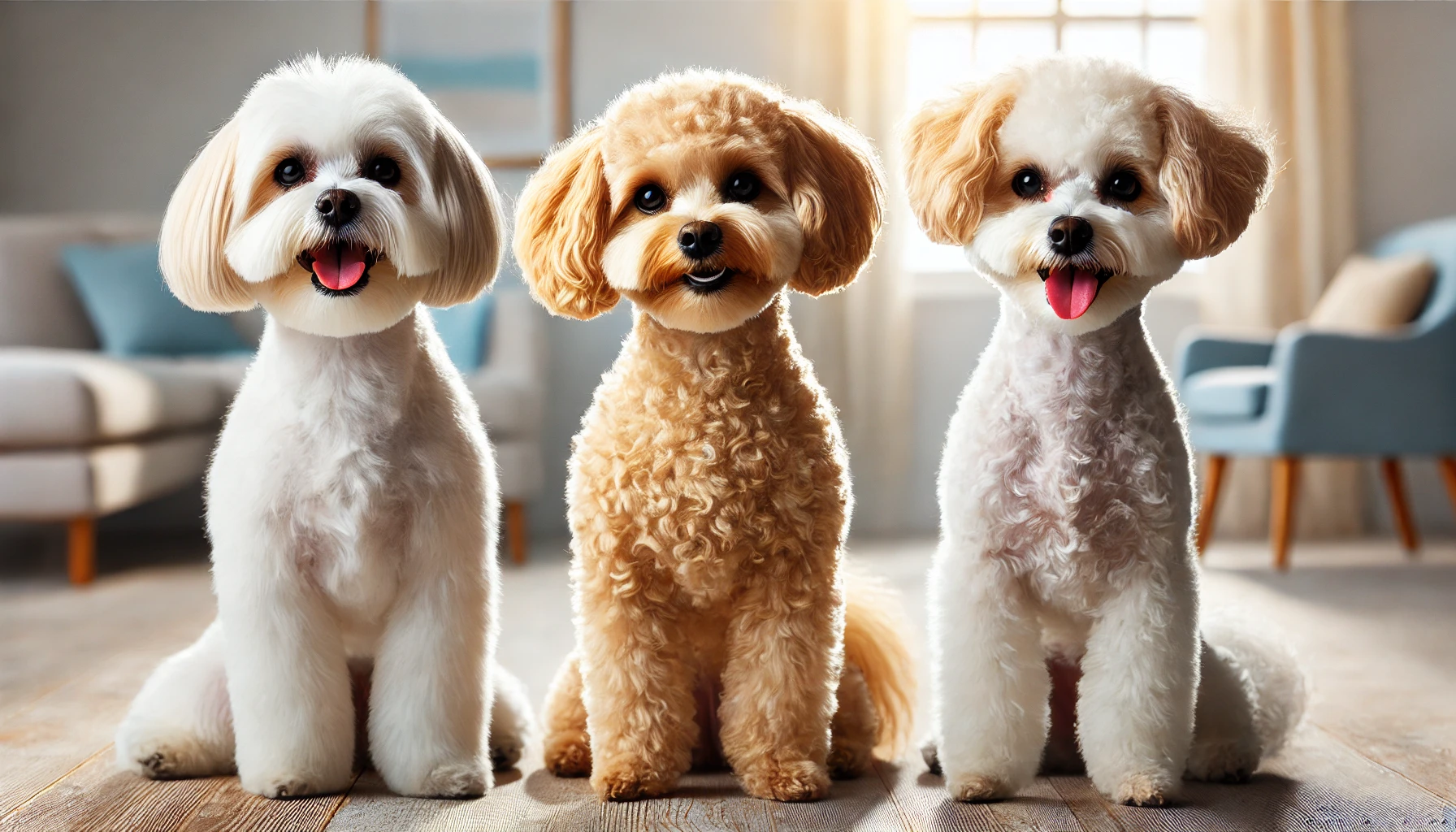
Average Lifespan of a Maltipoo
Maltipoos usually live between 10 to 15 years, but some have proven to live even longer when they receive the right care. This lifespan is quite impressive for small dog breeds, and it reflects the healthy nature of Maltipoos and why they’re so popular today.
Factors Affecting Lifespan
Genetics
Just like humans, a dog's lifespan can be (and usually is) influenced by genetics. The health of the Maltipoo's parents plays a big role in their longevity. The Maltese and Poodle both have long lifespans, so their mixed-breed offspring can enjoy the same benefit. Mixed breeds often have fewer genetic issues compared to purebreds thanks to hybrid vigor, which in simple terms means that your Maltipoo is off to a good start.
Diet and Nutrition
A balanced diet is a must for your Maltipoo's health. Providing high-quality dog food that meets their nutritional needs can make a big difference in the quality of their life and their longevity. Avoid giving your Maltipoo harmful foods like chocolate, grapes, or anything with artificial additives. Instead, opt for natural, wholesome ingredients that support their overall well-being.
Exercise
Regular exercise is important for keeping your Maltipoo fit, happy, and feeling young. These energetic little dogs need daily walks and playtime to stay in shape. Exercise not only helps them maintain a healthy weight but also provides them with mental stimulation, which is a must for their well-being.
Health Care
Routine vet check-ups are a must to catch any potential health issues early. Vaccinations, parasite prevention, and dental care are all part of keeping your Maltipoo healthy. Don’t wait until there’s a problem—regular vet visits can help prevent serious conditions down the road.
RELATED: 20 Pros and Cons of Owning a Maltipoo
Diet and Nutrition Tips
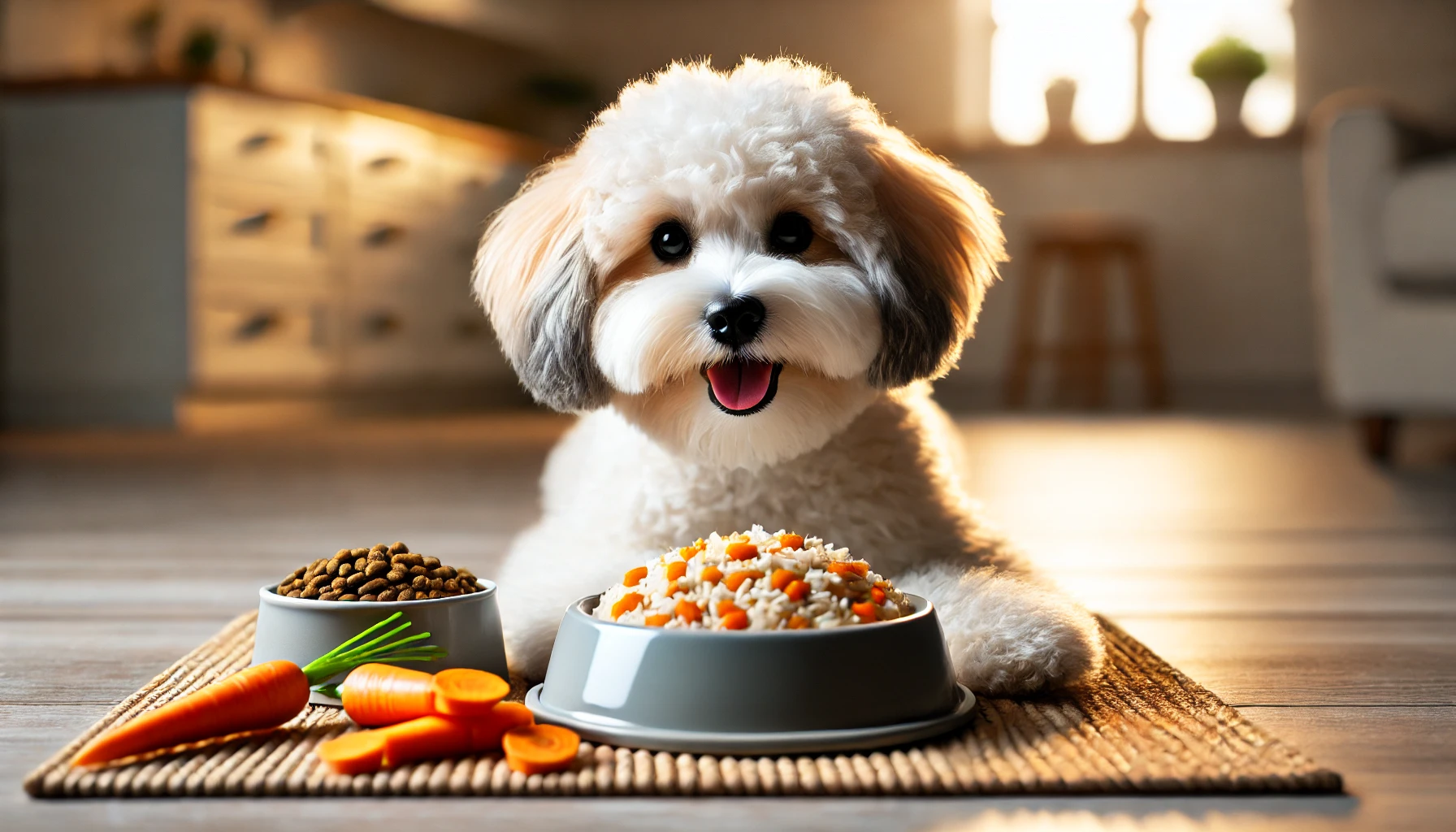
Balanced Diet
Feeding your Maltipoo a balanced diet is one of the best ways to ensure your little canine friend lives a long, healthy life. Look for high-quality dog food with natural ingredients. Avoid fillers and artificial additives, as these can lead your pup to develop health issues over time.
Foods to Avoid
Some foods are toxic to dogs and should be avoided at all costs. Things like chocolate, grapes, onions, and anything with xylitol are dangerous for your Maltipoo. Stick to dog-safe treats and avoid sharing human food with your pet.
Supplements
Supplements can help support your Maltipoo's health, especially as they age. Omega-3 fatty acids are great for joint health, while probiotics can aid digestion. Always consult your vet before adding supplements to your dog's diet.
Exercise and Mental Stimulation
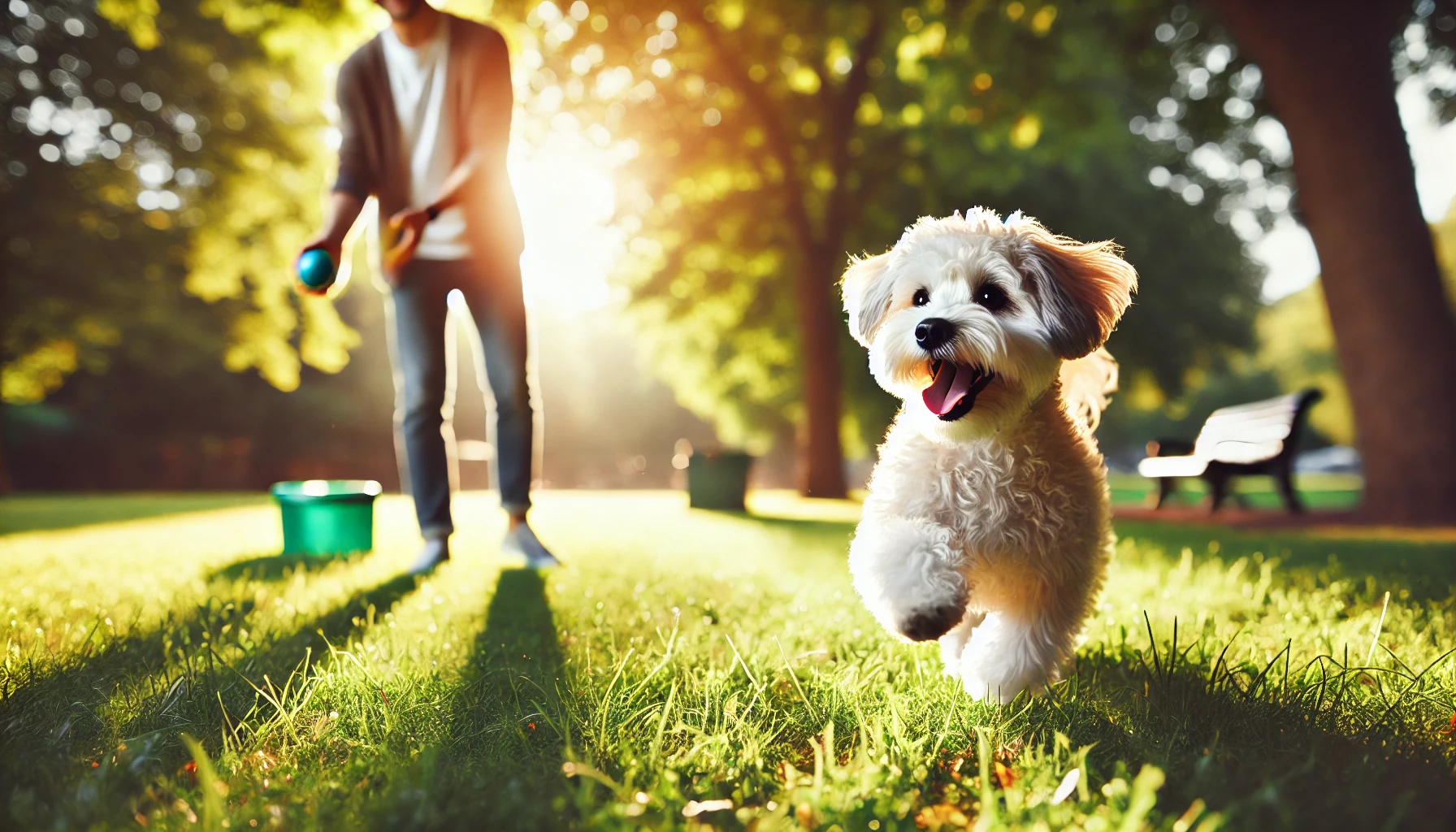
Daily Exercise Needs
Maltipoos need regular exercise to stay healthy, much like humans. Aim for at least 30 minutes of physical activity each day. This can include walks, playtime at home or in the yard, or a fun game of fetch. Exercise helps keep your Maltipoo in shape and prevents obesity, which can lead to other health problems.
Mental Enrichment Activities
Keeping your Maltipoo's mind active is just as important as physical exercise. Puzzle toys, training sessions, and interactive games can provide mental stimulation. This not only keeps your Maltipoo entertained and mentally exercised but also helps prevent behavioral issues.
Routine Veterinary Care
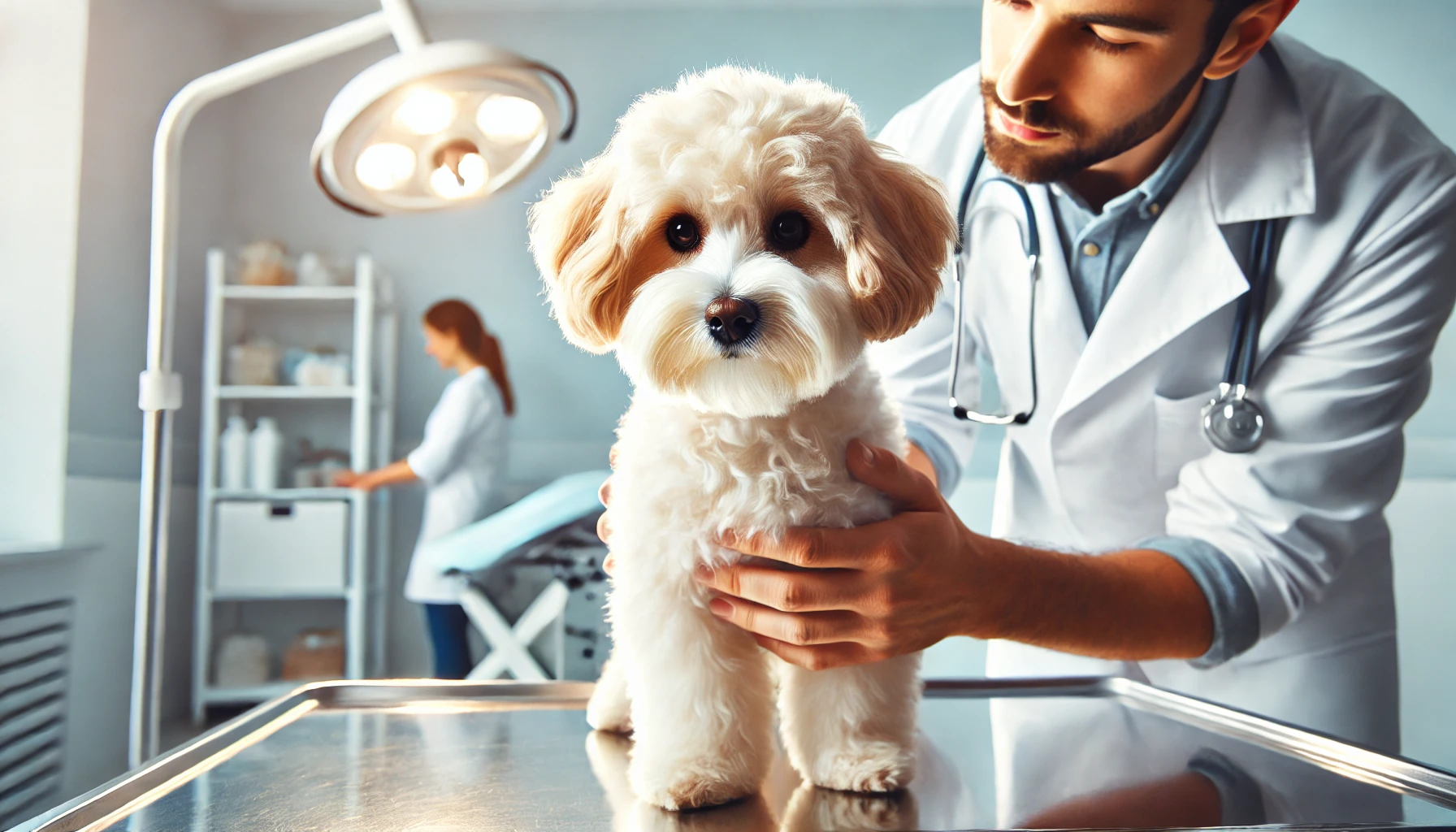
Importance of Regular Check-Ups
Regular vet visits are essential for catching health issues early. Your vet can provide vaccinations, perform health screenings, and offer advice on how to keep your Maltipoo healthy. Don’t skip those annual check-ups—they’re crucial for your Maltipoo’s well-being and longevity.
Preventive Treatments
Preventive care includes vaccinations, flea and tick prevention, and regular dental cleanings. These measures help protect your Maltipoo from common diseases and parasites. A little prevention goes a long way in ensuring your dog’s health.
Grooming and Hygiene
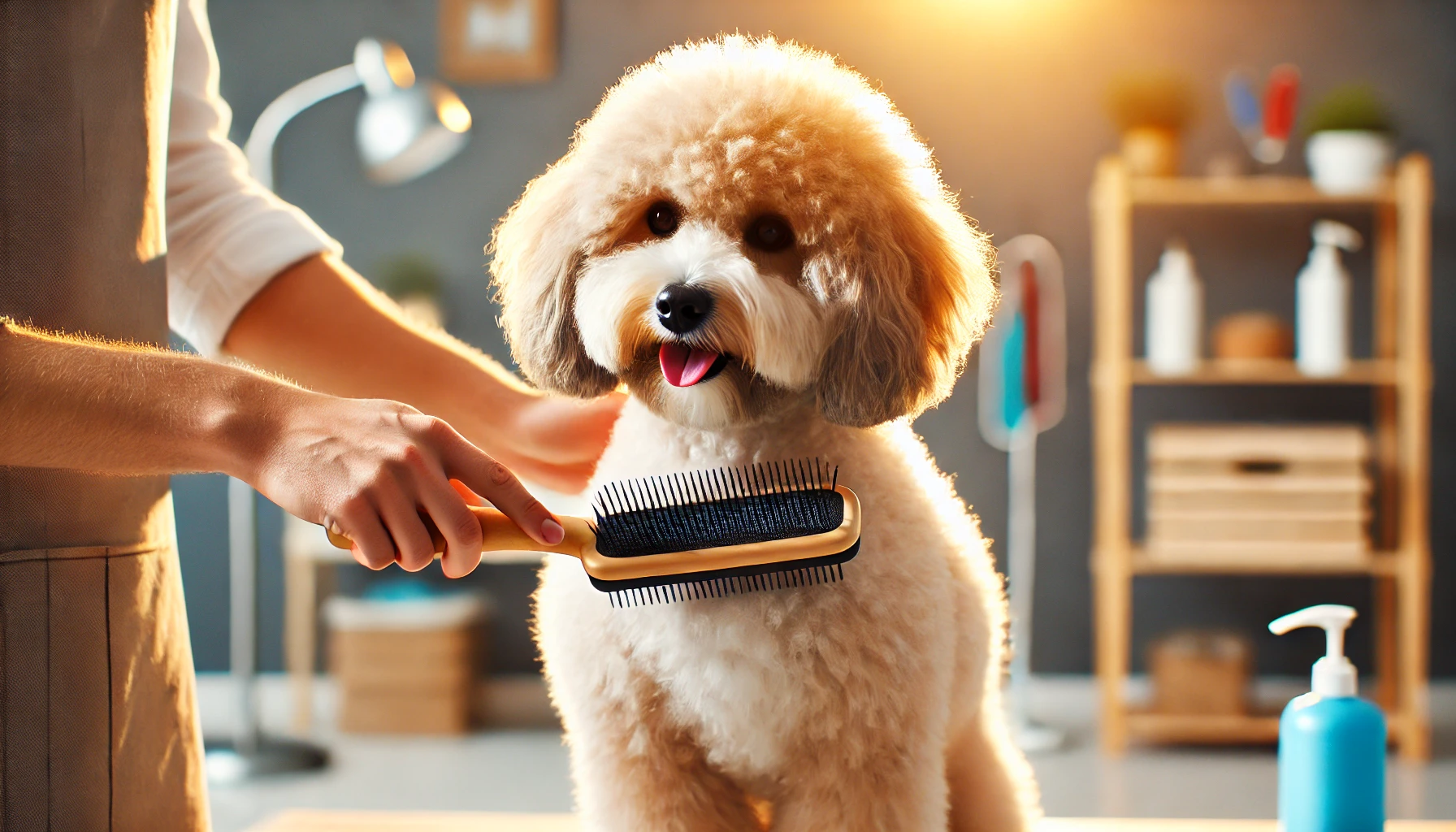
Coat Care
Maltipoos have a beautiful coat that requires regular grooming. Brush your Maltipoo’s fur several times a week to prevent shedding, matting, and tangles. Regular baths with a gentle dog shampoo will keep their coat clean and shiny.
Dental Hygiene
Good dental hygiene is vital for your Maltipoo’s health. Brush their teeth regularly with dog-friendly toothpaste. Dental chews and toys can also help keep their teeth clean.
Ear and Eye Care
Maltipoos are prone to ear infections and tear stains. Clean their ears regularly and wipe their eyes to prevent infections. Keeping up with grooming will help maintain your dog's overall health.
RELATED: Maltipoo Grooming Guide for Beginners
Creating a Safe Environment
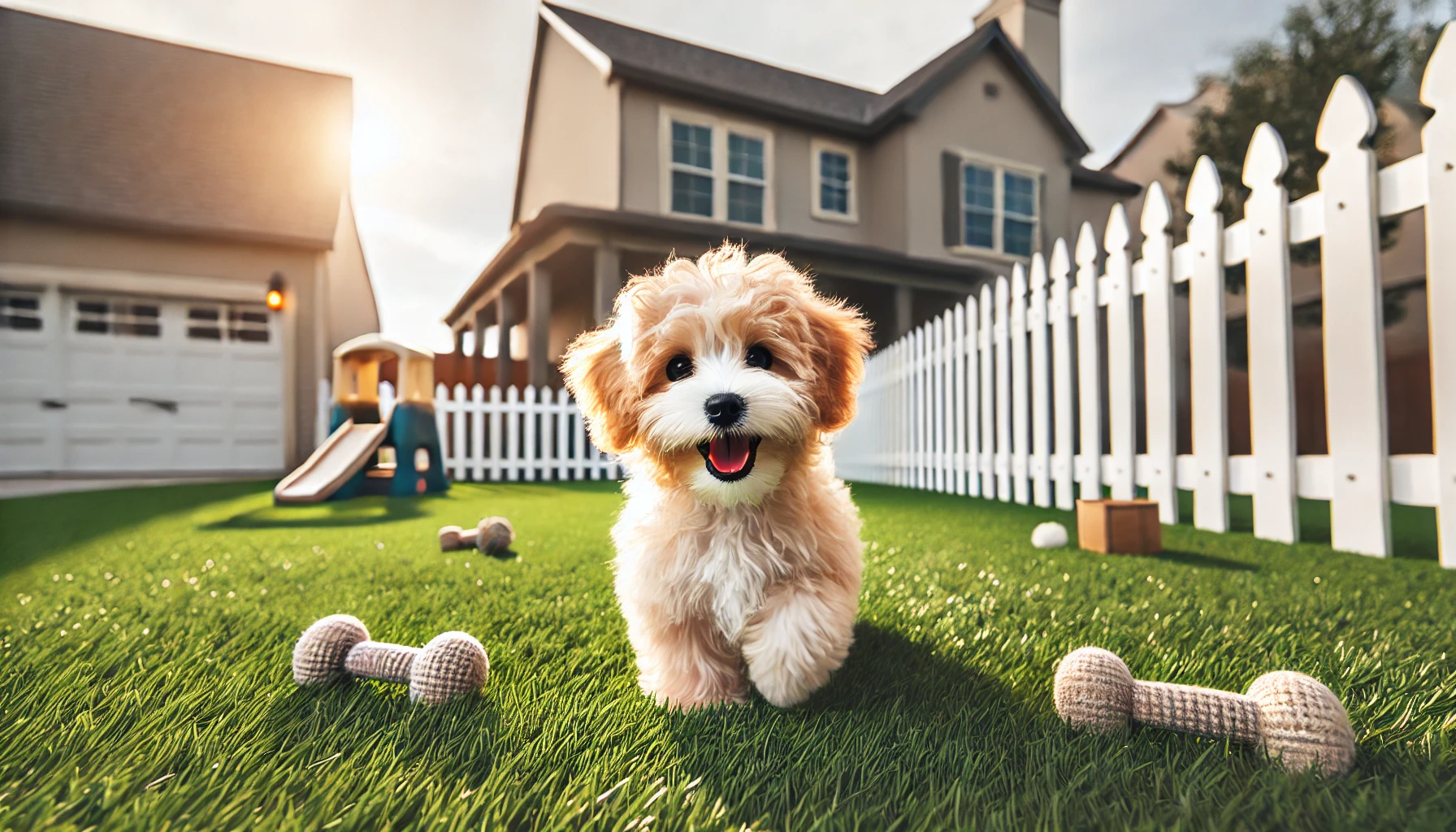
Indoor Safety
Ensure your home is safe for your Maltipoo by keeping hazardous items out of reach. Small dogs can easily get into trouble, so puppy-proofing your home is a good idea. Keep electrical cords, toxic plants, and small objects away from your curious pup.
Outdoor Supervision
When outside, always supervise your Maltipoo. Their small size makes them vulnerable to larger animals and other dangers. A fenced yard is ideal, but if you don’t have one, keep them on a leash during walks.
Recognizing Signs of Aging
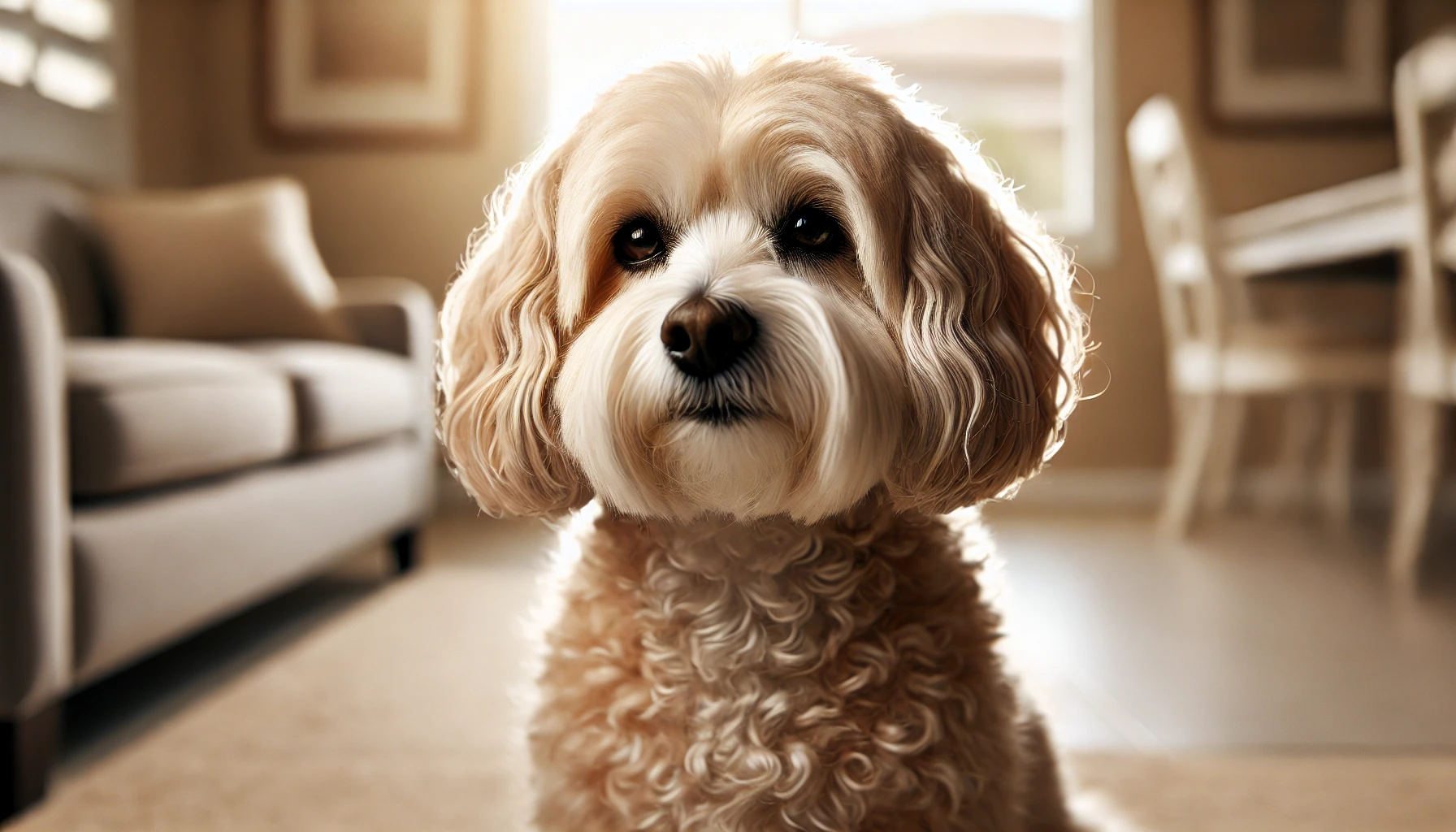
Physical Changes
As your Maltipoo ages, you might notice changes in their appearance and energy levels. They may slow down, gain weight, or develop gray fur. These changes are normal, but keeping an eye on their health is important.
Behavioral Changes
Senior dogs can also show behavioral changes like increased napping, less interest in play, or even confusion. These signs can indicate age-related issues like arthritis or cognitive decline. Regular vet visits can help manage these changes.
Caring for Senior Maltipoos
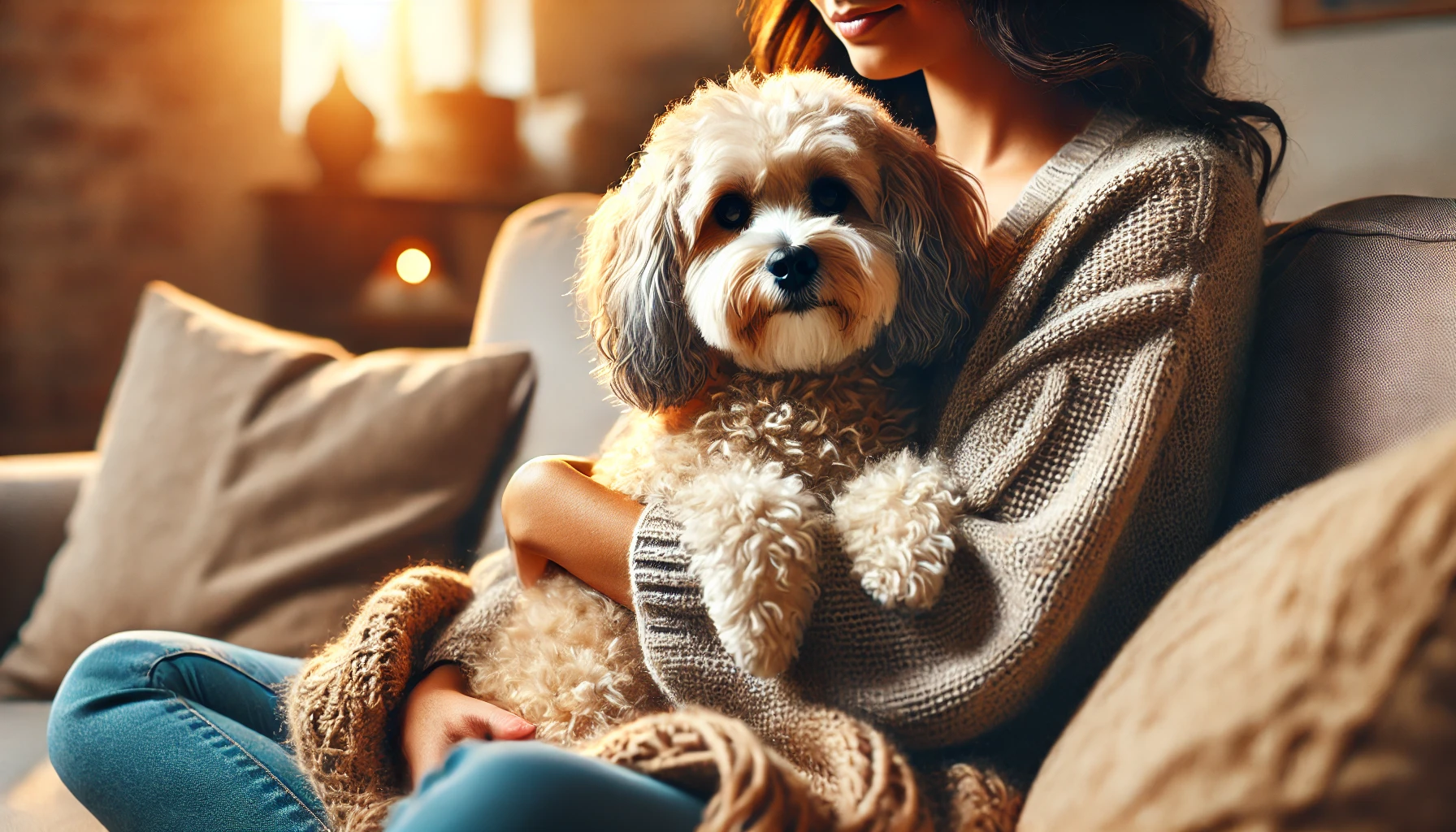
Adjusting Diet and Exercise
Senior Maltipoos have different needs than younger dogs. Adjust their diet to include senior dog food that’s easier to digest and provides the right nutrients. Gentle exercise is still important to keep them mobile without straining their joints.
Providing Comfort
Make your senior Maltipoo comfortable with a cozy bed and easy access to food and water. Consider using ramps if they have trouble climbing stairs. Providing a safe and comfortable environment helps your aging pet feel secure and loved.
Tips to Extend Lifespan

Comprehensive Care
Providing comprehensive care throughout your Maltipoo’s life can significantly extend their lifespan. This includes a balanced diet, regular exercise, routine vet visits, and plenty of love and attention.
Role of Breeding
Choosing a Maltipoo from a reputable breeder can also impact their lifespan. Reputable breeders screen for genetic issues and ensure their dogs are healthy. This gives your Maltipoo the best start in life.
Final Thoughts
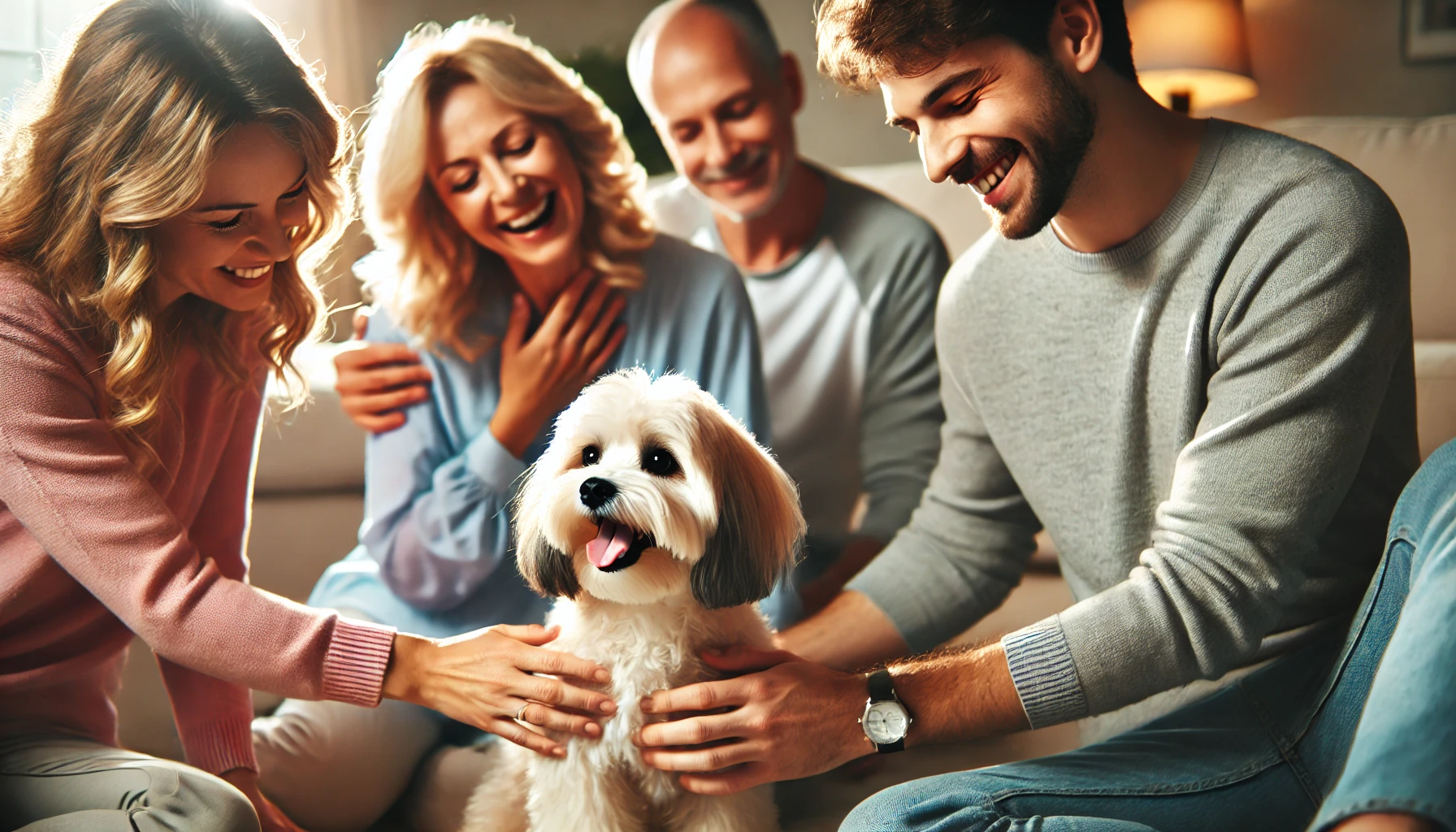
Maltipoos can live long and healthy lives with the right care. By providing your pup with a balanced diet, regular exercise, routine veterinary care, and plenty of love, you can ensure your Maltipoo stays happy and healthy for many years. Keep an eye on their health, especially as they age, and make adjustments as needed to support their well-being. With these tips, you can enjoy many joyful years with your lovely furry friend.
Scroll down to see FAQs about the Maltipoo's lifespan.
What To Read Next
Maltipoo Grooming Guide for Beginners
Do Maltipoos Shed?
Frequently Asked Questions
How long do Maltipoos live? Maltipoos usually live between 10 to 15 years.
How can I help my Maltipoo live longer? Provide a balanced diet, regular exercise, routine vet check-ups, and proper grooming to help your Maltipoo live a long and healthy life.
What should I feed my Maltipoo? Feed your Maltipoo high-quality dog food with natural ingredients. Avoid foods with artificial additives and harmful ingredients like chocolate and grapes.
How much exercise does a Maltipoo need? Maltipoos need at least 30 minutes of exercise each day. This can include walks, playtime, and interactive games.
How do I care for an aging Maltipoo? Adjust their diet to senior dog food, provide gentle exercise, and make their environment comfortable and accessible.




